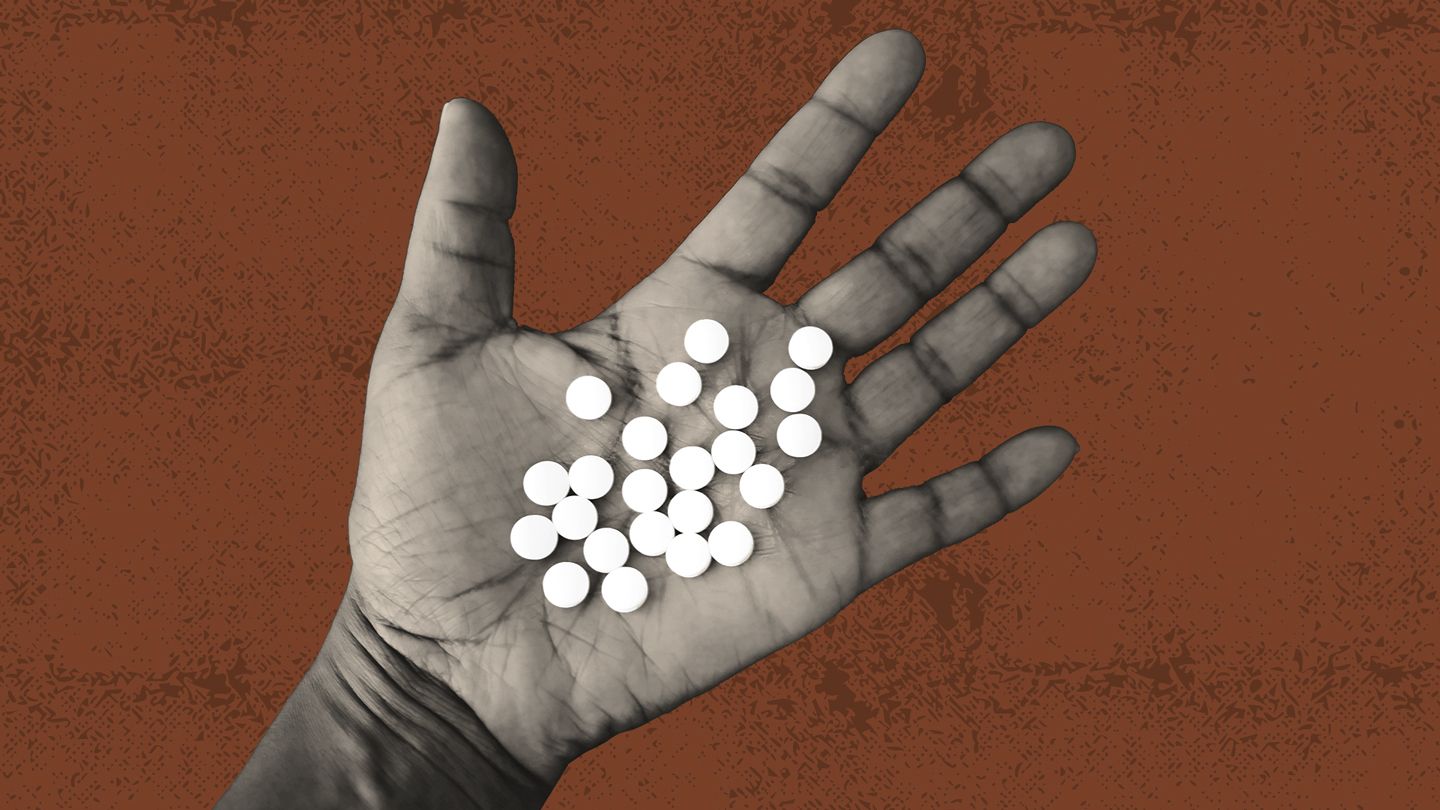By CultureBanx Team
- Black women have 43% more undergraduate debt and nearly 99% more graduate school debt than their white woman counterparts
- College-educated Black women earn 10% less than college-educated white women and 34% less than college-educated white men
When the Supreme Court decided to block President Joe Biden’s student loan debt relief plan, it left well educated Black women across the country to bear a heavy financial toll. Black women own a disproportionate amount of the $1.6 trillion federal student debt total, with higher debt averages than any other demographic. These melanated and highly educated Black women have 43% more undergraduate debt than their white women counterparts.
Why This Matters: Student debt relief had the potential to act as a catalyst in closing the widening six to one racial wealth gap, NPR reported. However, Black women have nearly 99% more graduate school debt than their white woman counterparts 12 months after graduation, according to a study by The Education Trust. This means that saving, investing and wealth accumulation are harder to come by for Black women, though not impossible.
Herein lies the problem for Black women, they are less likely to see higher wages as a result of their education, according to the study. Specifically, college-educated Black women earn 10% less than college-educated white women and 34% less than college-educated white men on average.
White Americans hold 84% of the total U.S. wealth, but make up only 60% of the population. On the other hand, Black Americans hold 4% of the wealth and make up 13% of the population. This means that the wealth of the richest 400 Americans is approximately equal to that of 43 million Black Americans, according to the Federal Reserve Bank of Minneapolis.
Student loan debt is a major issue for the Black community in general. The Roosevelt Institute brief shows that canceling up to $50,000 of student loan debt per borrower would have immediately increased the wealth of Black Americans by 40%.
Not to mention that four years after graduation, the average Black borrower owes $53,000, while the average white borrower owes $28,000, according to the Brookings Institute, meaning they are unable to focus on other financial goals like buying a home, paying off credit card debt, and saving for retirement. Eliminating this debt would have started to narrow the racial wealth gap for young families, considering 86.6% of Black students taking out federal loans to attend four-year colleges.
What’s Next: Parallels between student debt and the racial wealth gap are astonishing, leaving many Black student loan borrowers regretting their higher education loans. More than half of Black borrowers, 58%, disagree that student loans contribute to racial equality or help them to build wealth.
It is definitely possible to initiate a positive long-term impact on racial wealth gap by tackling the inequities that hang on to the students’ college debt. In the meantime, student loan interest will resume starting on September 1, 2023, and payments will be due starting in October 2023.
CBX Vibe: “Bills, Bills, Bills” Destiny’s Child









